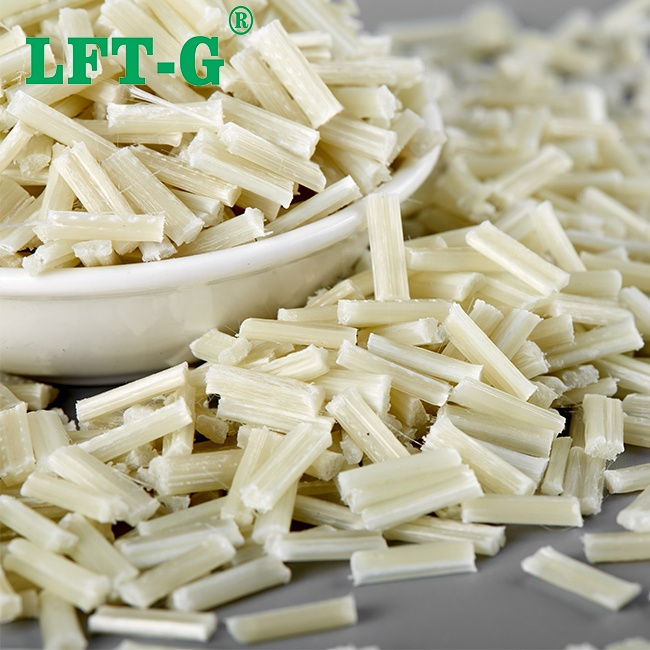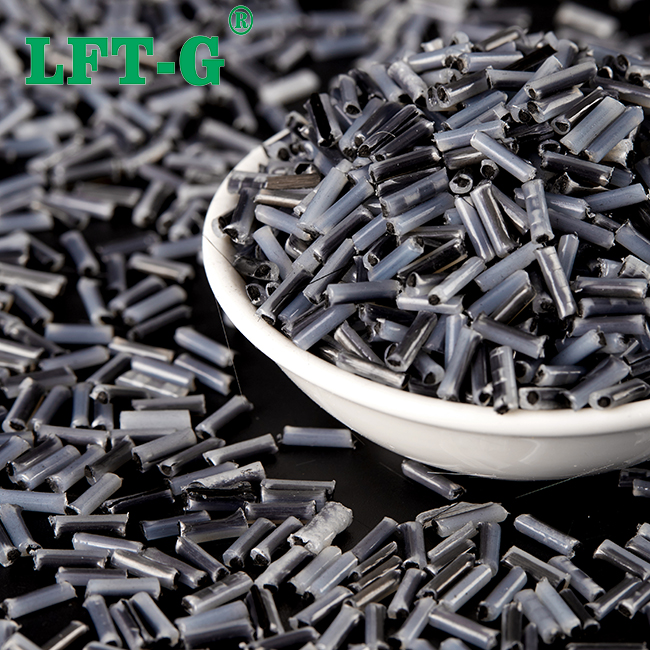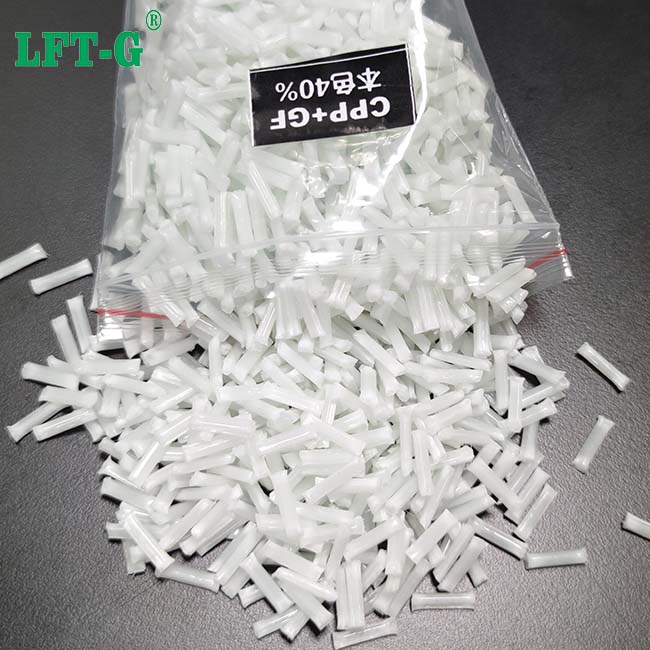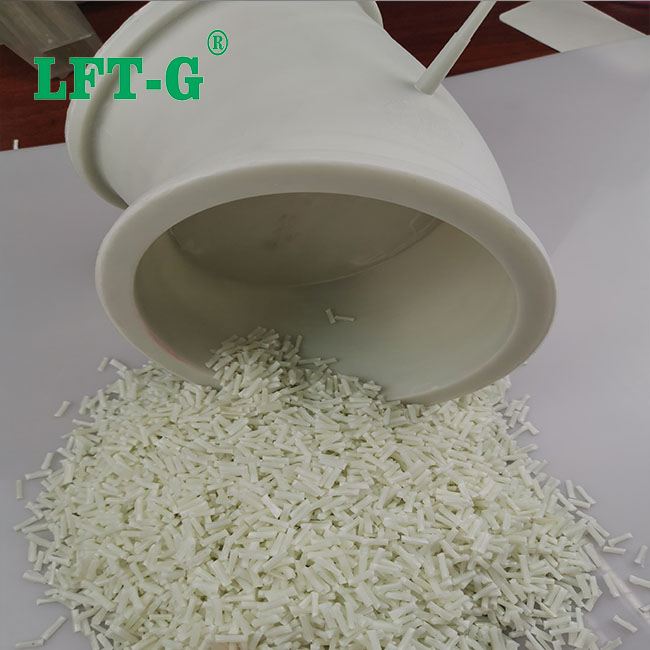These days, the hair dryer world unexpectedly rolled up. Before the high-end route of Dyson, after the civilian route of millet. In all peaceful markets, all kinds of domestic hair dryer brands suddenly jumped out to seize the Dyson market and suppress the price of Xiaomi. In an instant, all kinds of hair dryers into the public eye. According to statistics, in the first half of 2021, the retail sales of hair dryer in China was 2.76 billion yuan, up 41.3% year on year, and the retail sales were 13.81 million units, up 40.9% year on year. With the development of 5G, Chinese hair dryer has entered the next generation, and people's demand for a personalized hair dryer is also increasing. At the same time, glass fiber reinforced nylon has quietly become the star material of hair dryer shell, and become the landmark material of the next generation of high-end hair dryer. Glass fiber reinforced PA66 is commonly used in the mouthpiece of high-quality hair dryers to increase strength and heat capacity. However, as the function of the hair dryer becomes more and more demanding, ABS as the main material of the shell is gradually replaced by glass fiber reinforced PA66. At present, the main factors affecting the preparation of high performance glass fiber reinforced PA66 composites include the length of glass fiber, the surface treatment of glass fiber and its retention length in the matrix. So let's take a look at the influencing factors of glass fiber reinforced PA66 production 1. The length of glass fiber The length of fiber is one of the main factors to determine the fiber reinforced composite. In ordinary short fiber reinforced thermoplastics, the fiber length is only (0.2~0.6) mm, so that when the material is damaged by force, because of the short length of the fiber, so that its strength is basically not used, and the purpose of using fiber reinforced nylon is to use the high rigidity and high strength of the fiber to improve the mechanical properties of nylon, So fiber length plays an important role in mechanical properties of products. Compared with short glass fiber reinforced nylon, the modulus, strength, creep resistance, fatigue resistance, impact resistance, heat resistance and wear resistance of long glass fiber reinforced nylon have been improved, and its application in automobile, electrical appliances, machinery and military industry has been expanded. 2. Surface treatment of glass fiber The binding force between glass fiber and matrix is another important factor affecting the mechanical properties of composite materials. Glass fiber reinforced polymers have good properties only when effective interfacial bonding is formed. For glass fiber reinforced thermosetting resin or polar thermoplastic resin composites, the surface of glass fiber can be treated with coupling agent to form chemical bond between resin and glass fiber surface, so as to obtain effective interfacial bonding. 3. Retention length of glass fiber in nylon matrix People have d...
view more

 e-mail
e-mail English
English français
français Deutsch
Deutsch русский
русский italiano
italiano español
español português
português العربية
العربية 日本語
日本語 한국의
한국의 中文
中文















